NRDC: PJM Interconnection Delays In Queue To Approve Renewable Energy Projects Threatens State Transition To Clean Energy; PJM Has Approved 35,000 MW Of Renewables
PA Environment Daily
MAY 18, 2023
The new NRDC report, Waiting Game: How the Interconnection Queue Threatens Renewable Development in PJM , shows that even under ongoing reform proposals, the pace of renewable development in PJM just barely meets minimum clean energy demands of state RPS laws through 2027. Read more here.]



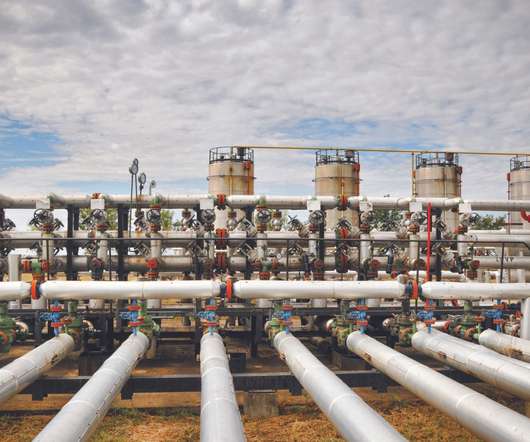
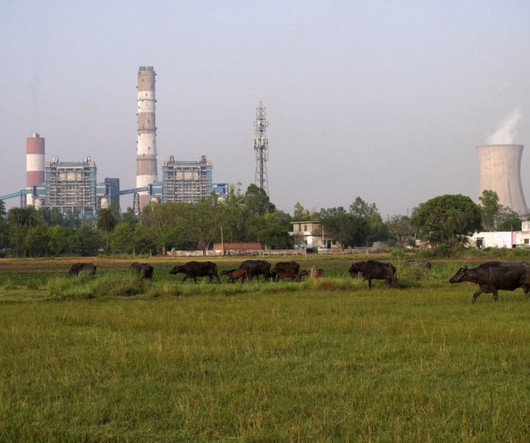


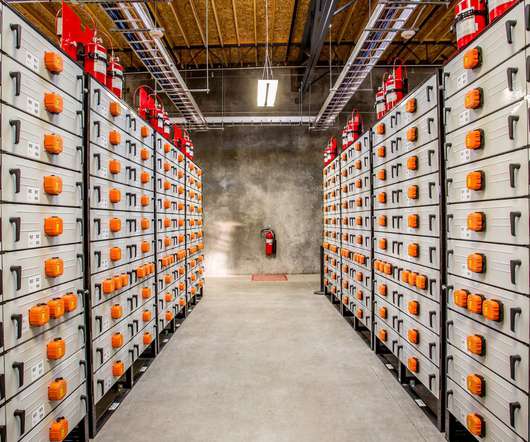
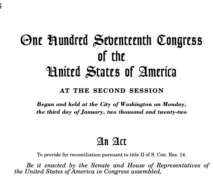

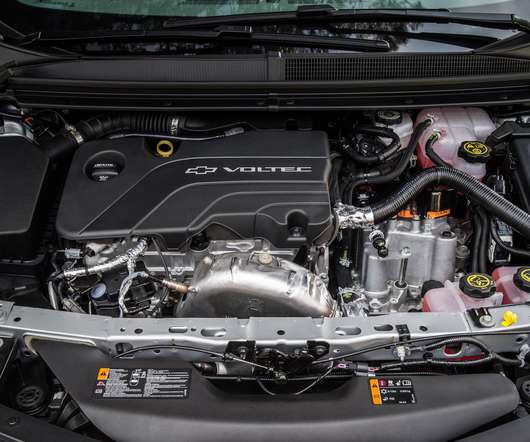

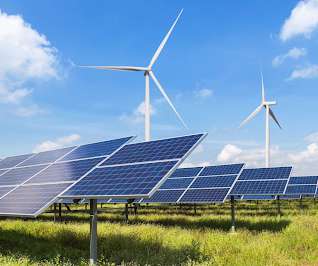




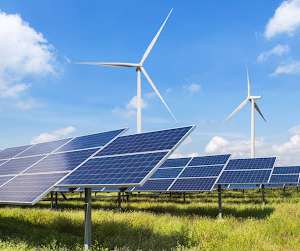

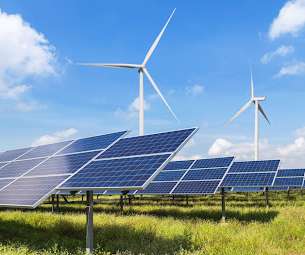









Let's personalize your content